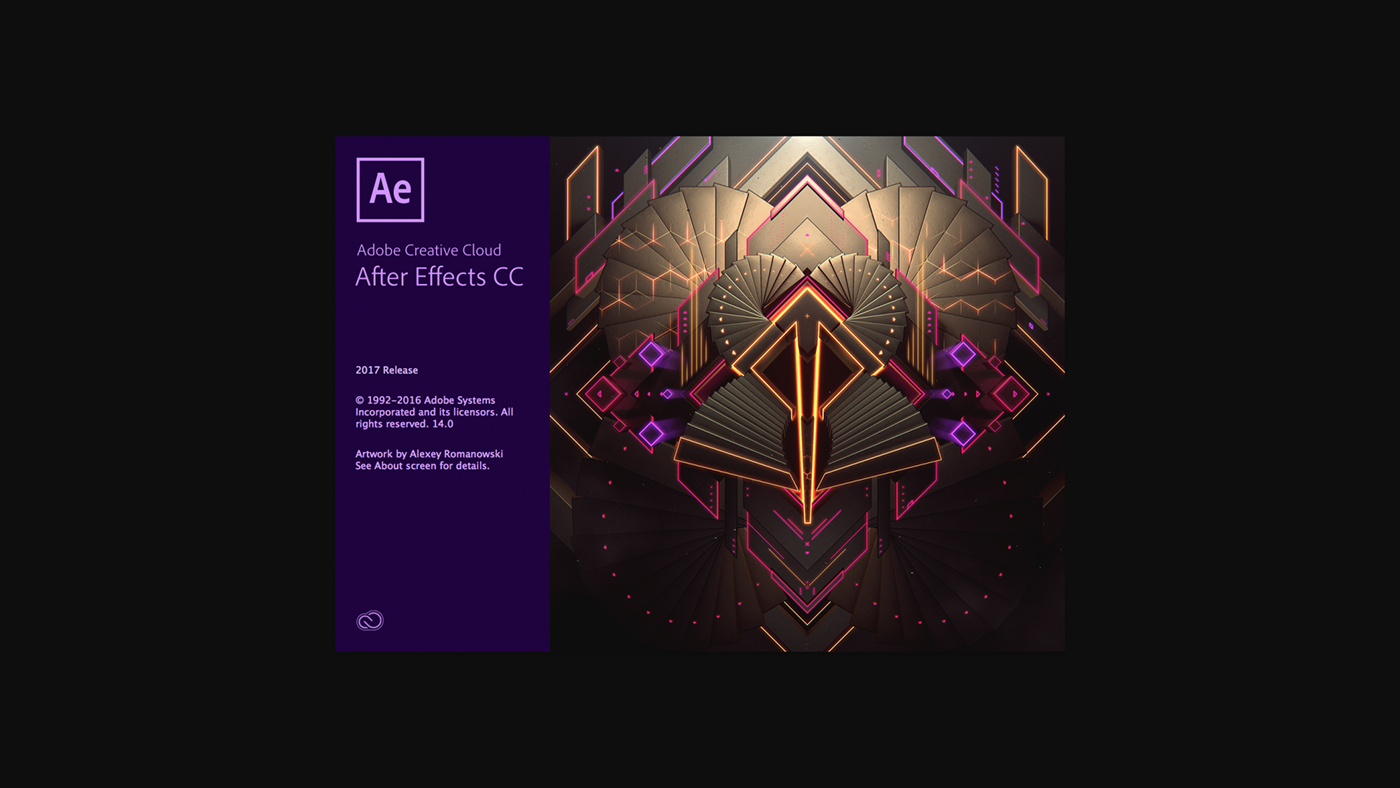

Render queue, bezier masking, time remapping, keyframe assistants (wiggler, motion sketch, smoother), multiple effects per layer, advanced keying, velocity graph, 1/2/4 point motion tracking, motion math, first Japanese version, layer transfer modes, continuously rasterize Illustrator files, Photoshop as comp import with layer/transfer mode/alpha channel support, 3:2 pulldown, non-square pixel supportįile formats, multiprocessing last Mac 680x0 versionįirst Windows version, contextual menus, first French and German versions in November 1997, Path Text effect and Animated GIF output were released for free to registered users of 3.1 Time Layout window, image sequence support, motion blur, multi-machine rendering, frame blending, proxies Layered compositing with mask, effect, transforms, keyframes Mac only This is a list of versions of After Effects over the years, including the first two versions released by CoSA. Adobe's first new release of After Effects was version 3.0. CoSA with After Effects was acquired by Aldus Corporation in July 1993, which in turn was acquired by Adobe in 1994. The first two versions of the software, 1.0 (January 1993) and 1.1, were released there by the company. Cotter, and Russell Belfer at the Company of Science and Art in Providence, Rhode Island. History Īfter Effects was originally created by David Herbstman, David Simons, Daniel Wilk, David M. In 2019, the program won an Academy Award for scientific and technical achievement. It also functions as a very basic non-linear editor, audio editor, and media transcoder.

Among other things, After Effects can be used for keying, tracking, compositing, and animation. it is used in the post-production process of film making, video games and television production. Visual effects, Motion graphics, Compositing, Computer animationĪdobe After Effects is a digital visual effects, motion graphics, and compositing application developed by Adobe Inc.


 0 kommentar(er)
0 kommentar(er)
